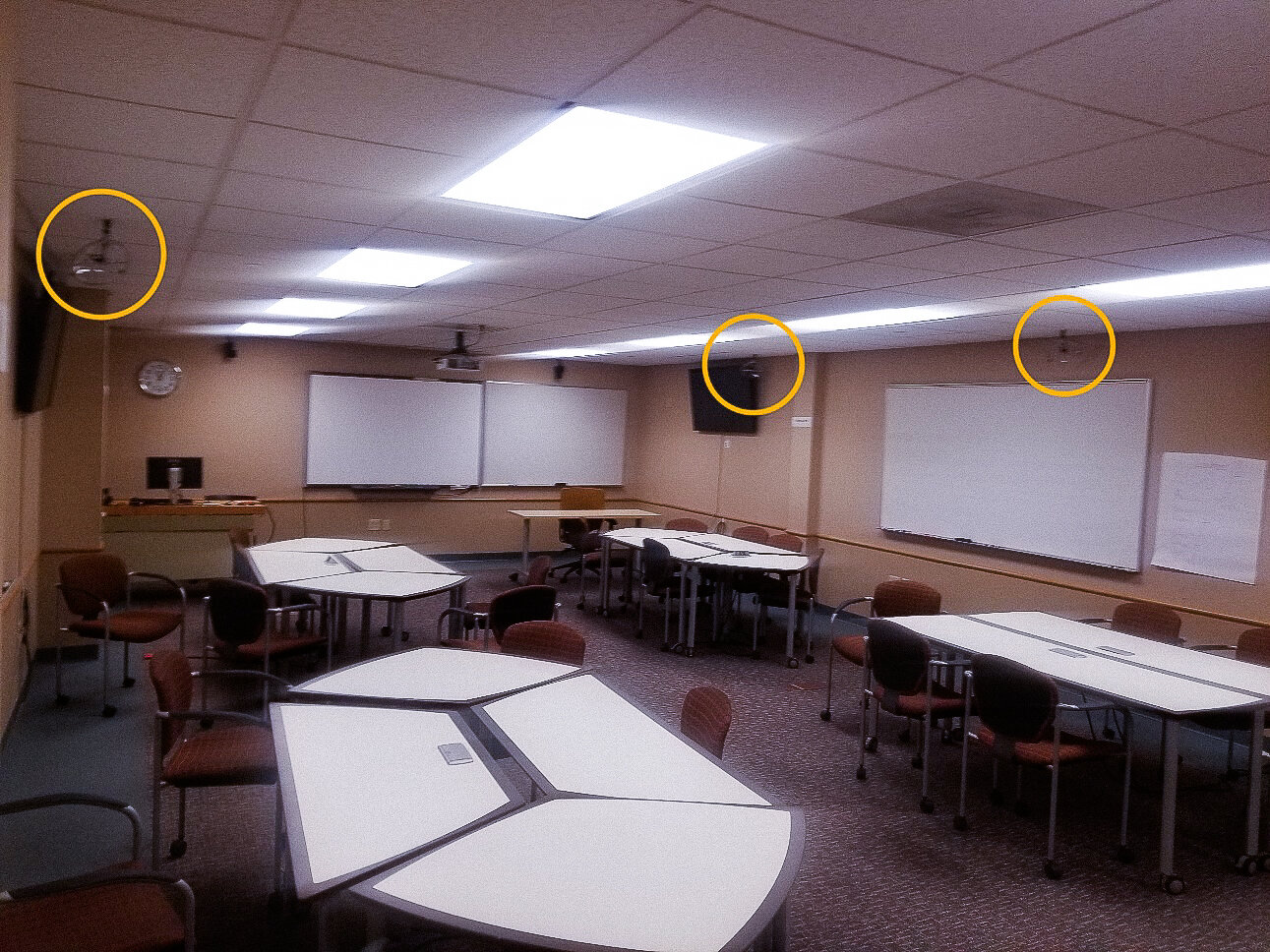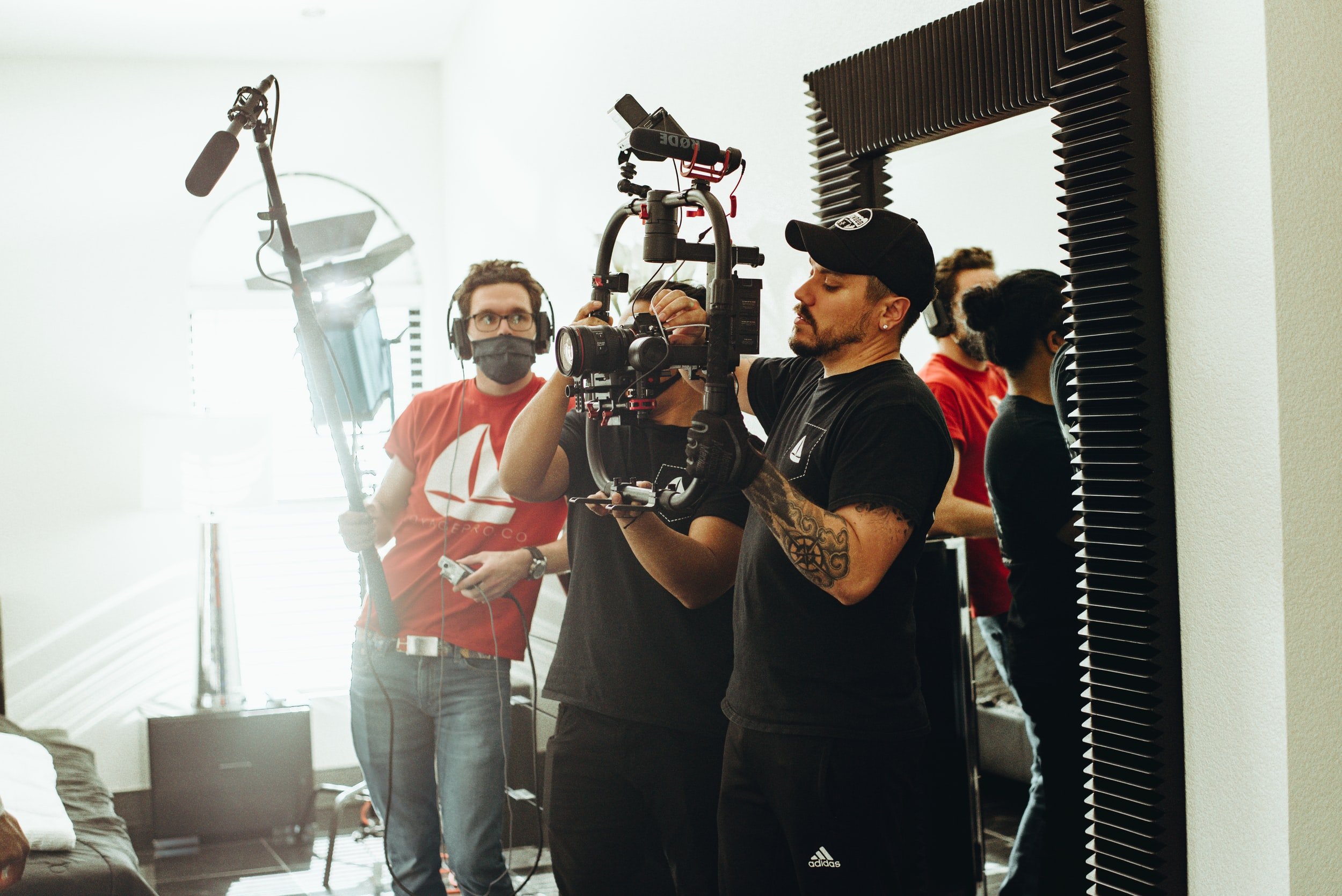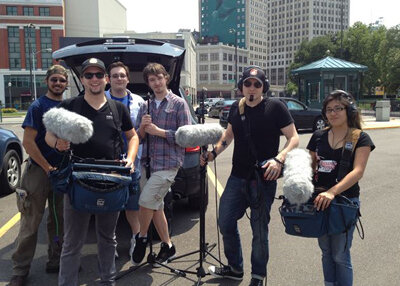
What is Phantom Power?
Did you know that many microphones require a power source, just like your toaster? In addition, there are two different requirements depending on which microphone you are using, Phantom Power or Plugin Power. That can be confusing!

The Best New Wireless Mic for Small Crews
No matter what you’re filming, having a wireless microphone makes it way more efficient. However, finding a wireless mic with professional sound quality, a reliable signal, and an affordable price point is not an easy feat. That is until Hollyland dropped the LARK 150 Wireless Microphone System.

7 Ways to Hide a Lav Microphone
In this article, we’ll explore how to capture audio with a lav mic cleverly placed on the human body, just outside the camera’s view. You’ll learn how to use a special mic that is great for hiding because it is super small.

Capturing Audio for Classroom Streaming
Presenting classes online is becoming more common every year. Streaming video of the instructor is quite easy, and using a wireless mic provides great audio from the instructor. In addition, it is rather straight forward to add a second camera to capture video of the students. The challenge, however, is to capture audio of student questions and interaction.

Sound for Live Production, Better On-Field Sound
There are three keys to capturing better on-field audio. Using more microphones. Locating microphones closer to the action. Using more directional microphones for better isolation. While these three keys may seem rather obvious the application may not be. Let’s begin by examining how the networks typically capture audio at a baseball park.

Selecting Boompoles and Shotgun Mics
Many articles have been written about the value of a boompole and good shotgun mic when it comes to achieving quality Production Sound. (Well, folks, here’s one more!) Why use a boom? Because of all of the techniques available to us, the simple boompole with shotgun mic allows us to get the most professional audio with the least amount of fuss.

Why We Need Sound Effects
The mistake many beginning filmmakers make is that they assume the microphone used on the set to record the dialog will automatically pick up the other sounds heard on set. It’s not until they get to the editing stage that they realize how wrong they were. The microphones used on sets are primarily focused on the mouth of the person speaking. This reduces the amount of natural sound that occurs around the actor during the shot, such as footsteps and other movements.

